
藝術家|策展人|大學創意藝術系講師 IG: rachel.iphiuyin
Is photojournalism not documentary photography?
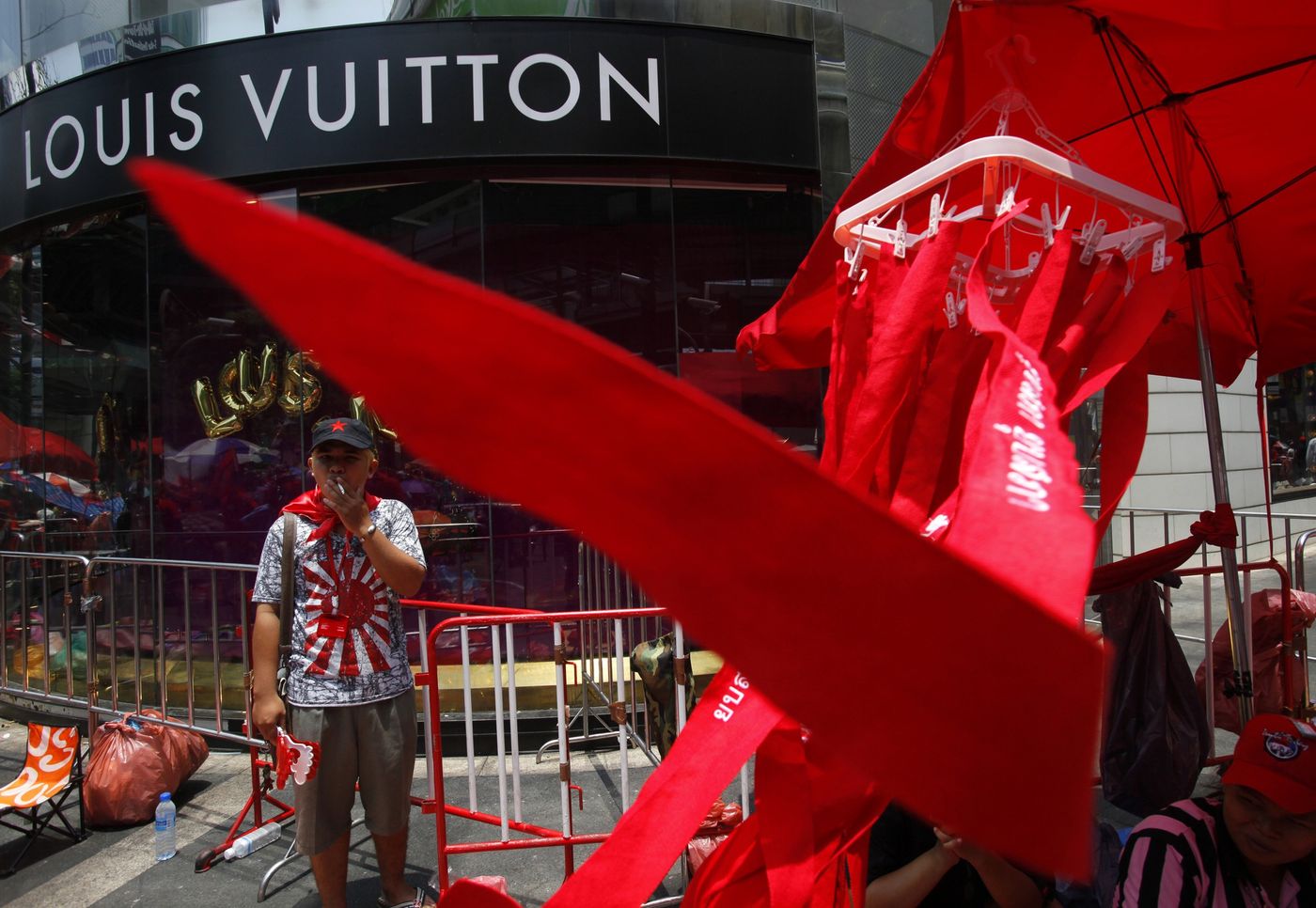
The speaker of today's lecture told an interesting story, saying that some students in a certain school used photojournalism to hand in homework, and then they were told by Sir that those were not documentary photography.
This incident probably made the speaker feel aggrieved. In words, Sir seemed to think that documentary photography has a higher status, while news photography is inferior, and it cannot be compared with documentary photography. That's a rather odd idea, if true. And I can probably understand the speaker's mood and feel sorry for him. This incident is like eating a dead cat and falling into the injustice of photojournalism.
I'm not too sure about the situation at the time or why Sir would say that photojournalism is not documentary photography. I did a quick calculation and found that I have been engaged in photography research for a while. From my understanding, photojournalism is definitely documentary photography.
The scope of documentary photography is actually very wide. The most basic concept of documentary photography is that the purpose of the documentary is the principle when shooting, no posing, no deletion, no addition, photographers use cameras to record things in front of them, and news photography is documentary A kind of photography.
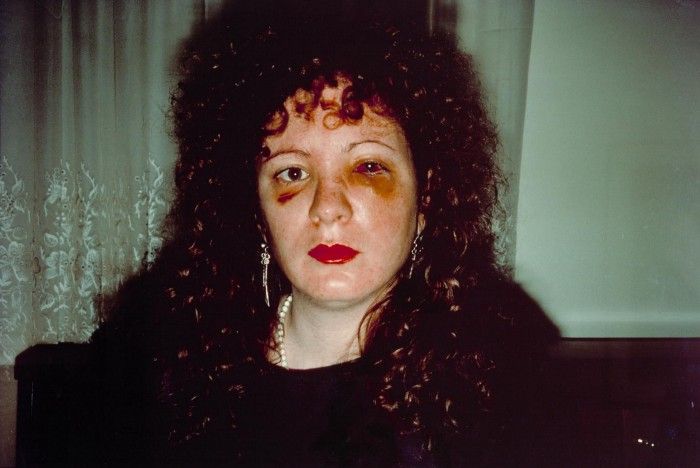
As a profession, news photography also has common characteristics. It has specific principles and restrictions, and it cannot do whatever it wants. When studying journalism, it is often mentioned that the media is the "fourth estate". The role of the news media is to monitor the society and the government, and it is a public instrument of society. It should be objective and unbiased, and report things truthfully. The news should be credible, and the readers "believe" that the news is true. Although everyone knows that there is no such thing as absolute objectivity in this world, and the media is also biased, this principle still exists, and the media should try to be as close to objective/relatively objective as possible to maintain fairness and justice. News photographers need to abide by some journalistic ethics, the so-called "Code of Ethics" (if interested, please refer to The National Press Photographers Association for details https://nppa.org/code-ethics) , such as not to retouch pictures at will (but there are always things in the world As an exception, in Zhang Dali's "Second History", we know that many of the news photos released by the CCP "in the past" have been greatly retouched. Chinese photographer Li Zhensheng once mentioned that everyone who was engaged in photojournalism in mainland China at that time must have Scissors, used to change pictures in the dark room, but this is an extreme example!) The difference between photojournalism and other documentary photography is that it serves the purpose of serving news. A news report basically includes "Six He" ( Who, When, Where, What, Why, How), we know what's going on in the world through the news. No matter how long or short the content of the news is, it has its own unique style and format. Insiders all use the answers to the "six whats" as the basis of their reports.
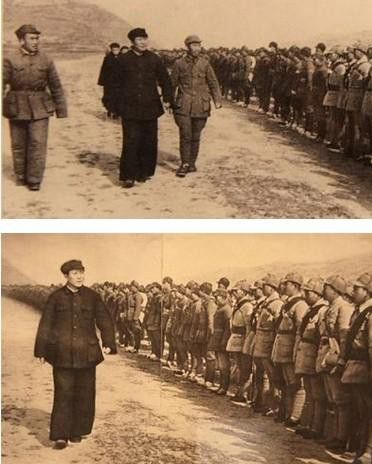
In the paper media we come into contact with every day, a piece of news basically includes headlines, content, photos/pictures, and captions. The four are interrelated and complementary. Headlines and news pictures first attract our eyes. News pictures are a kind of image information. We can quickly get an idea of news content through a news picture. It is not difficult to find that news photos always have a unique "news flavor", as if they are news photos at a glance. This is because news stories all have the elements of "six elements", and that kind of image language needs to be clear, easy to understand, quickly recognizable, and never ambiguous. Professional news photographers should have a certain understanding of the reported events, and continue to make professional judgments during the photography process, try to sort out the events, capture the Peak/Highest Point(s) of the event, and take photos with illustrative functions, so that Readers who are not present can have a further understanding of the event through the images, or witness everything as if they were on the scene, so the news often has more direct emotions and tensions.
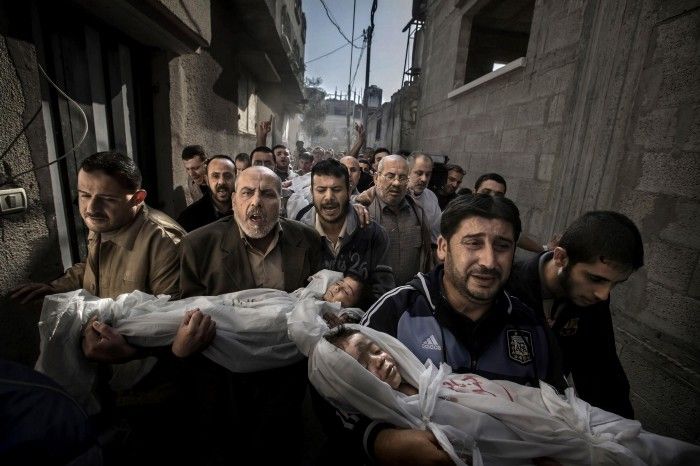
Of course, there are some differences between the news photos/graphics you see in daily life and the news photography competitions. In recent years, some World Press Photos award-winning works prefer to use a calmer approach, close to Deadpan Photography, and there are epic works like Sergey Ponomarev , The shooting method is different from the news pictures seen in daily newspapers. And all the aesthetics, operation, standards, preferences (the game has different rules of the game)... will change with different cultures in different countries and places in different ages.
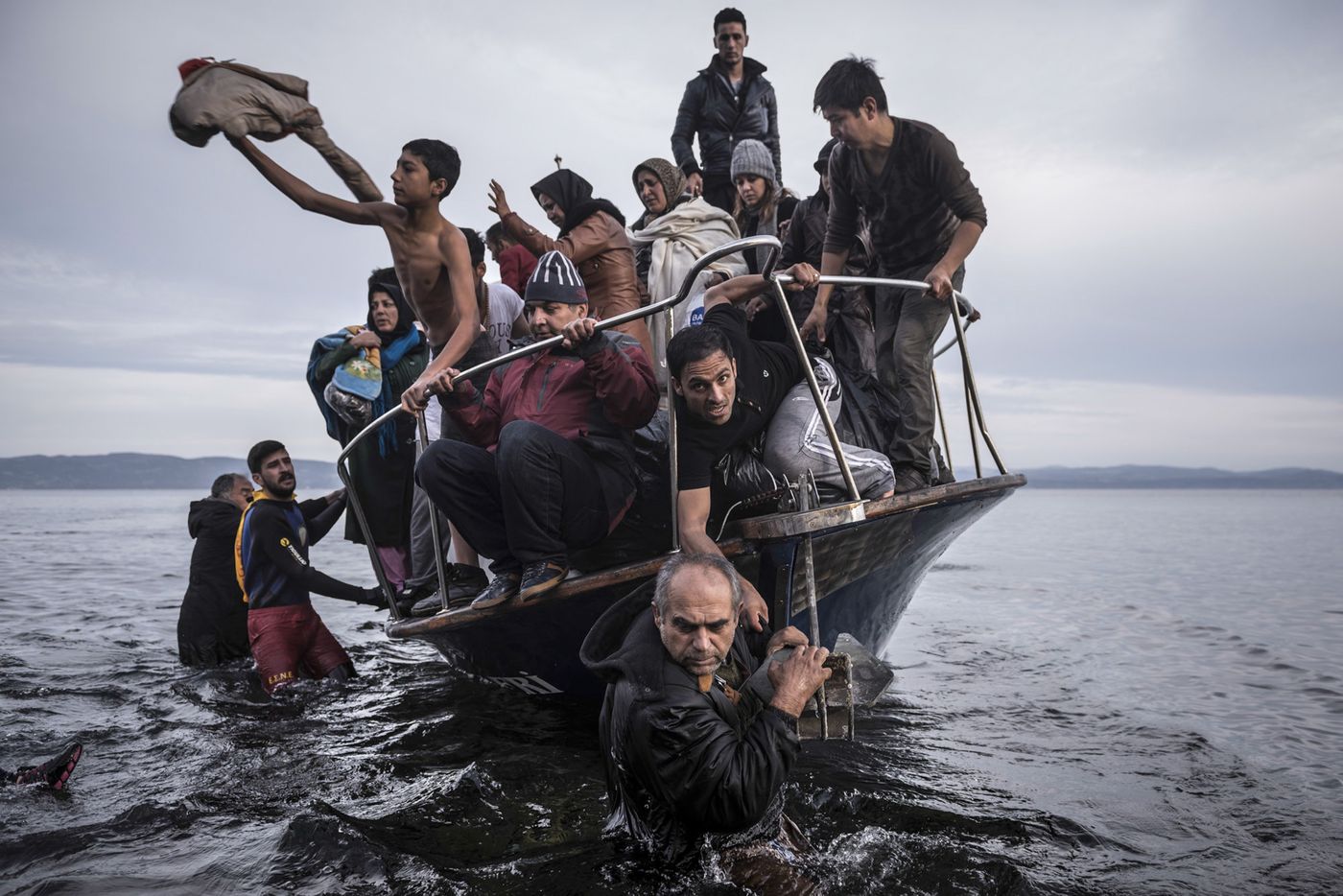
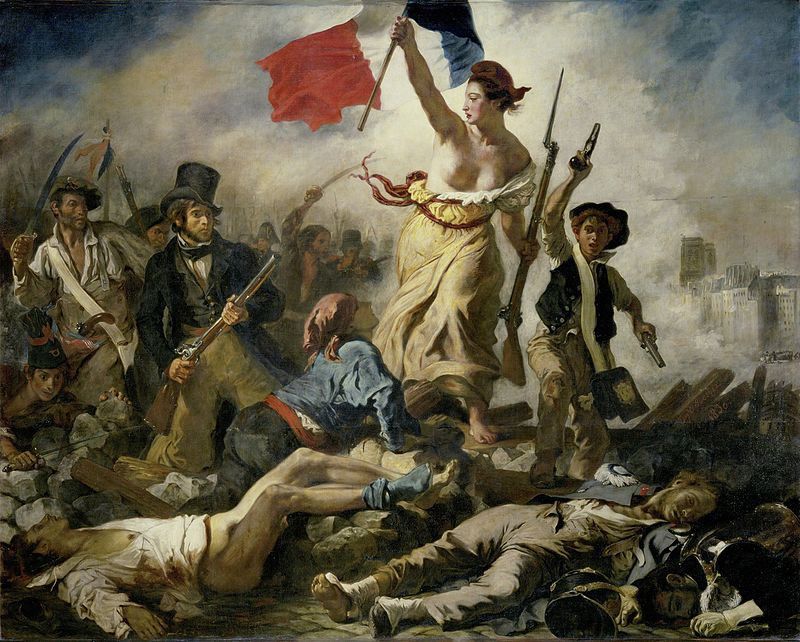
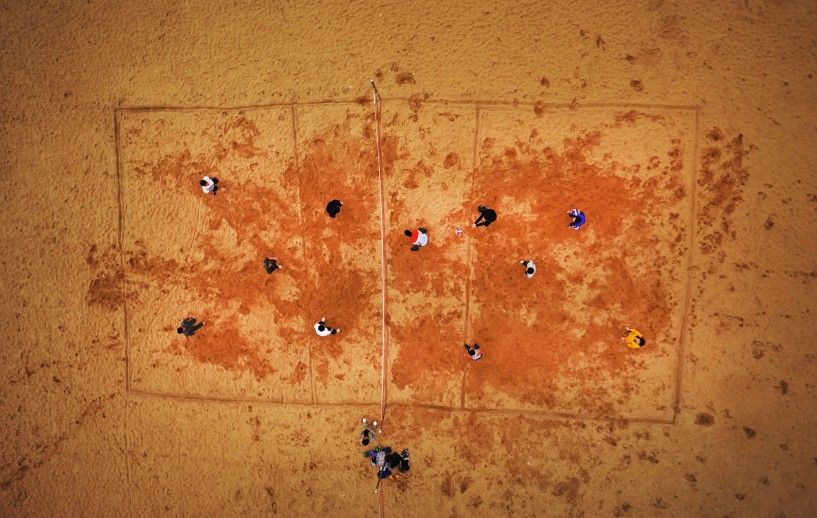
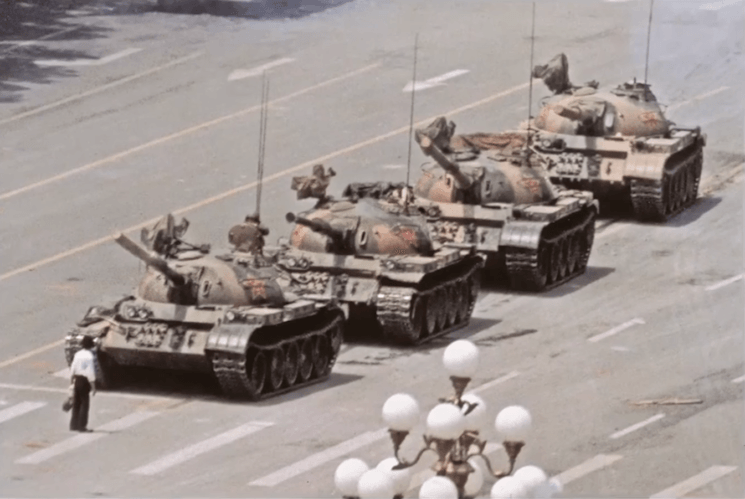
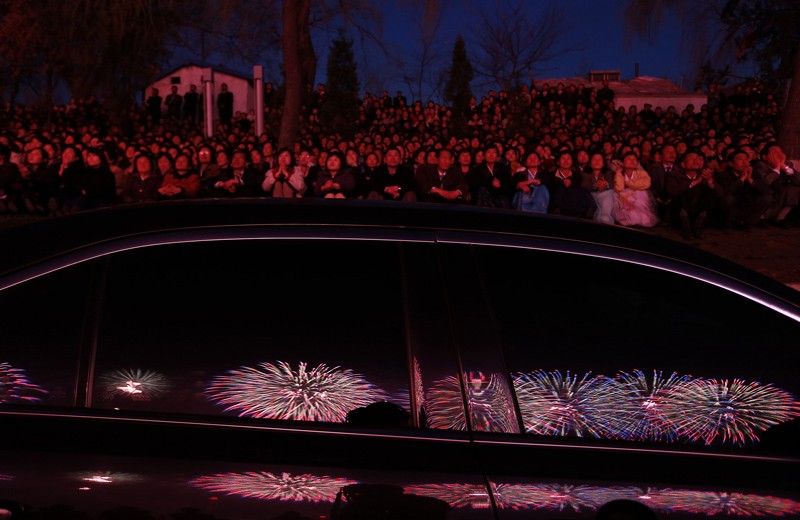
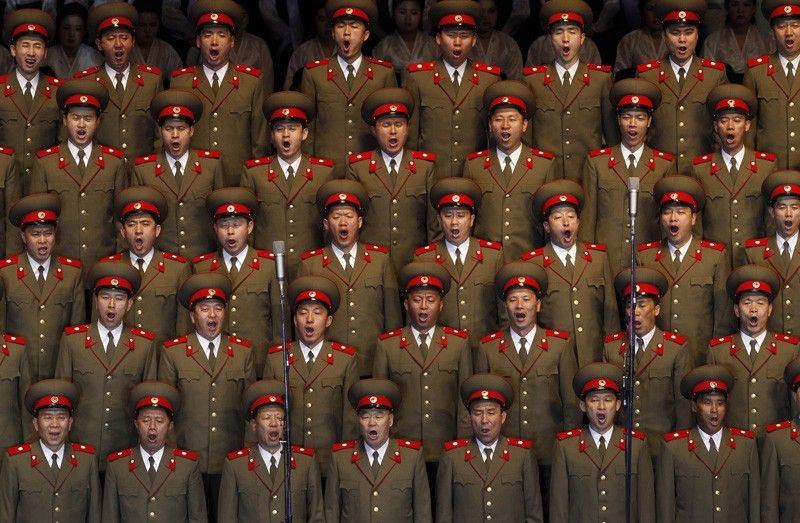

Perhaps because of the functionality of photojournalism and the visual language that can be seen through at a glance, many people will ignore the "artistic value" of photojournalism. Photography seems to be just pressing the shutter, but for a good work, I believe that the moment the shutter is pressed actually contains the skills accumulated by the photographer along the way. The camera seems to be just a machine, but from the selection of equipment, film, camera, lens, focal length used, aperture, shutter, shooting position, shooting angle, the point on the vertical timeline and the horizontal point in the scene, it is Like all creations, it is the constant choice/judgment/choice of the creator. British artist John Hillard explored the nature of photography in a series of works in the 1970s. In fact, in the history of photojournalism, there are quite a few Iconic Photos that can travel through the ages and become the imprint of human history, and even become a symbol with infinite power.
Text: Ye Xiaoyan Rachel IP
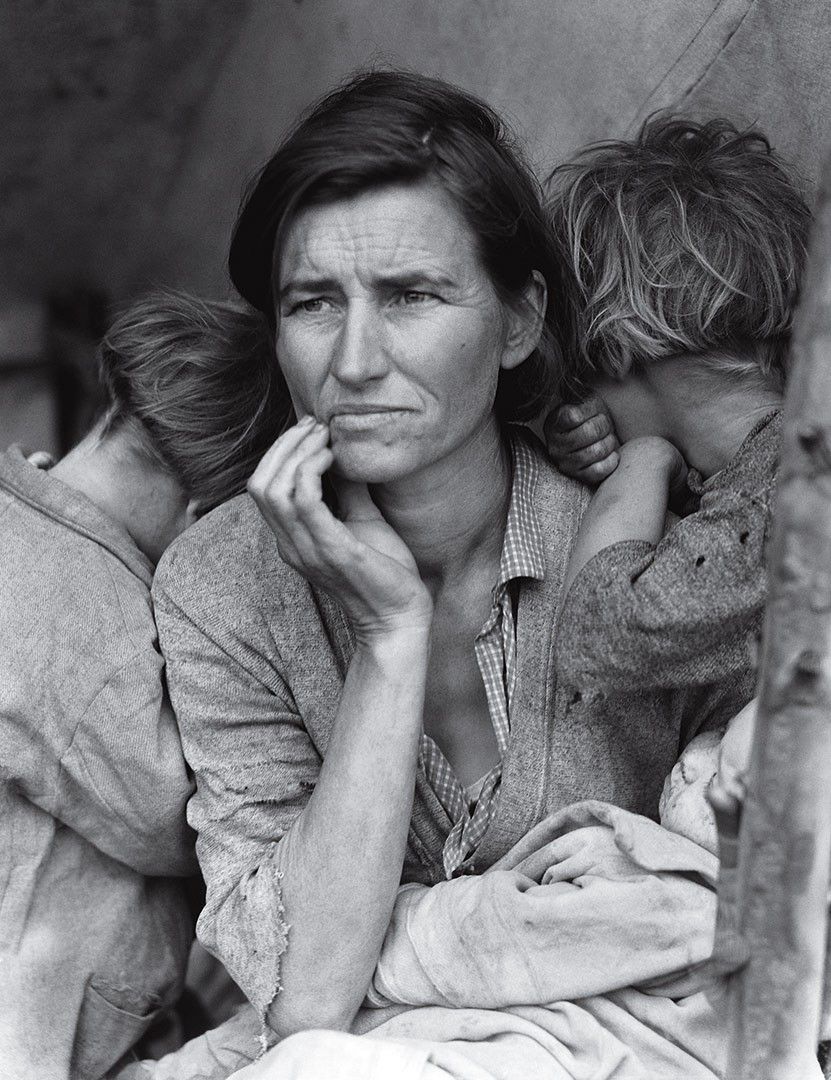
Like my work?
Don't forget to support or like, so I know you are with me..
Comment…